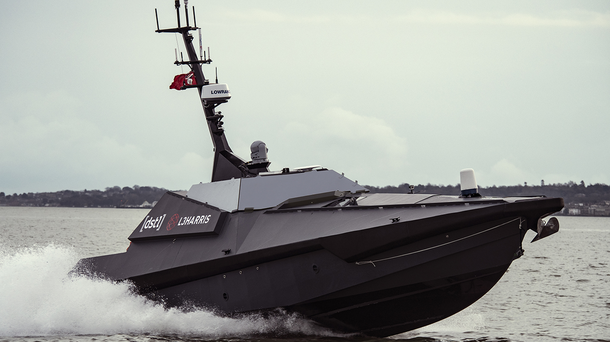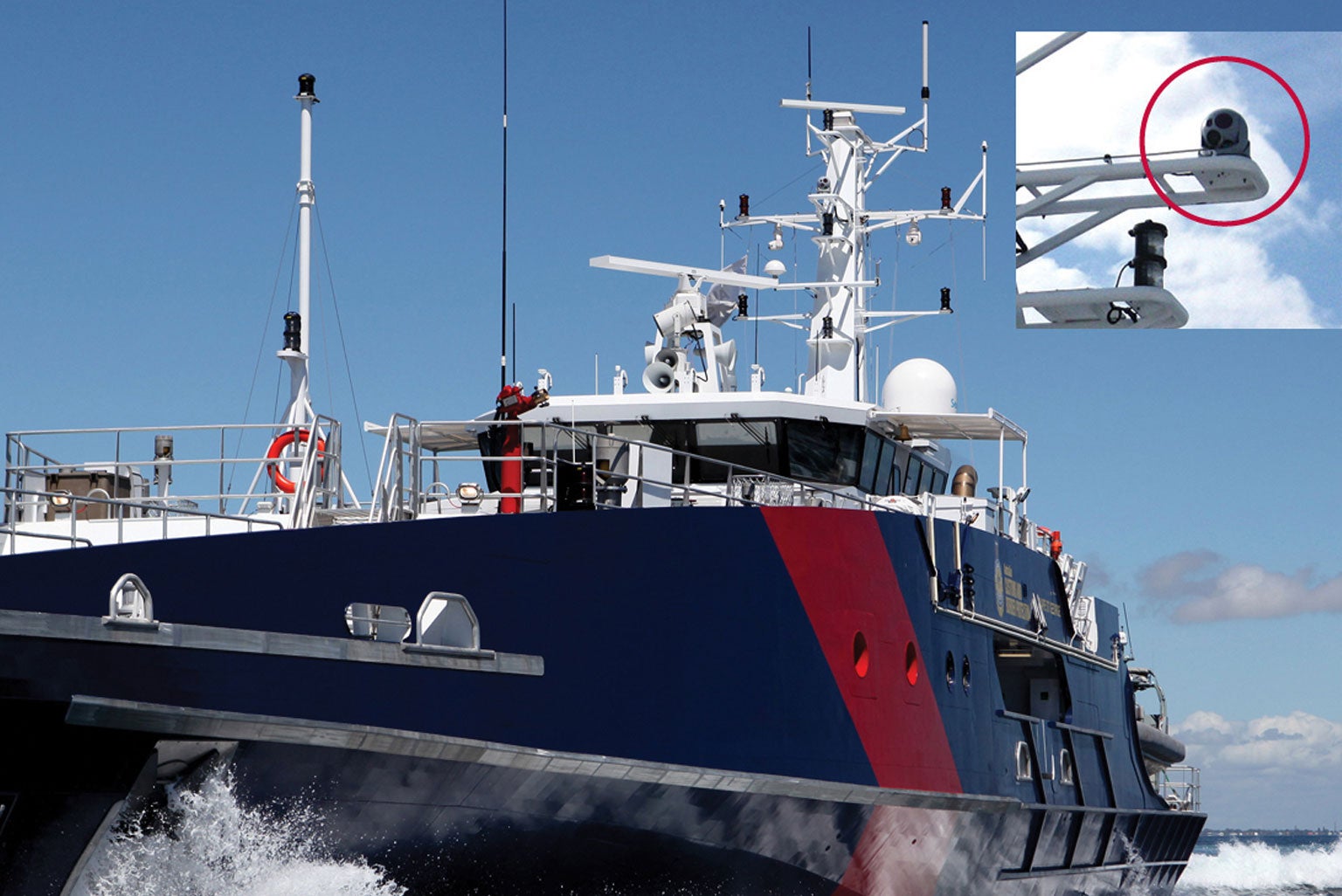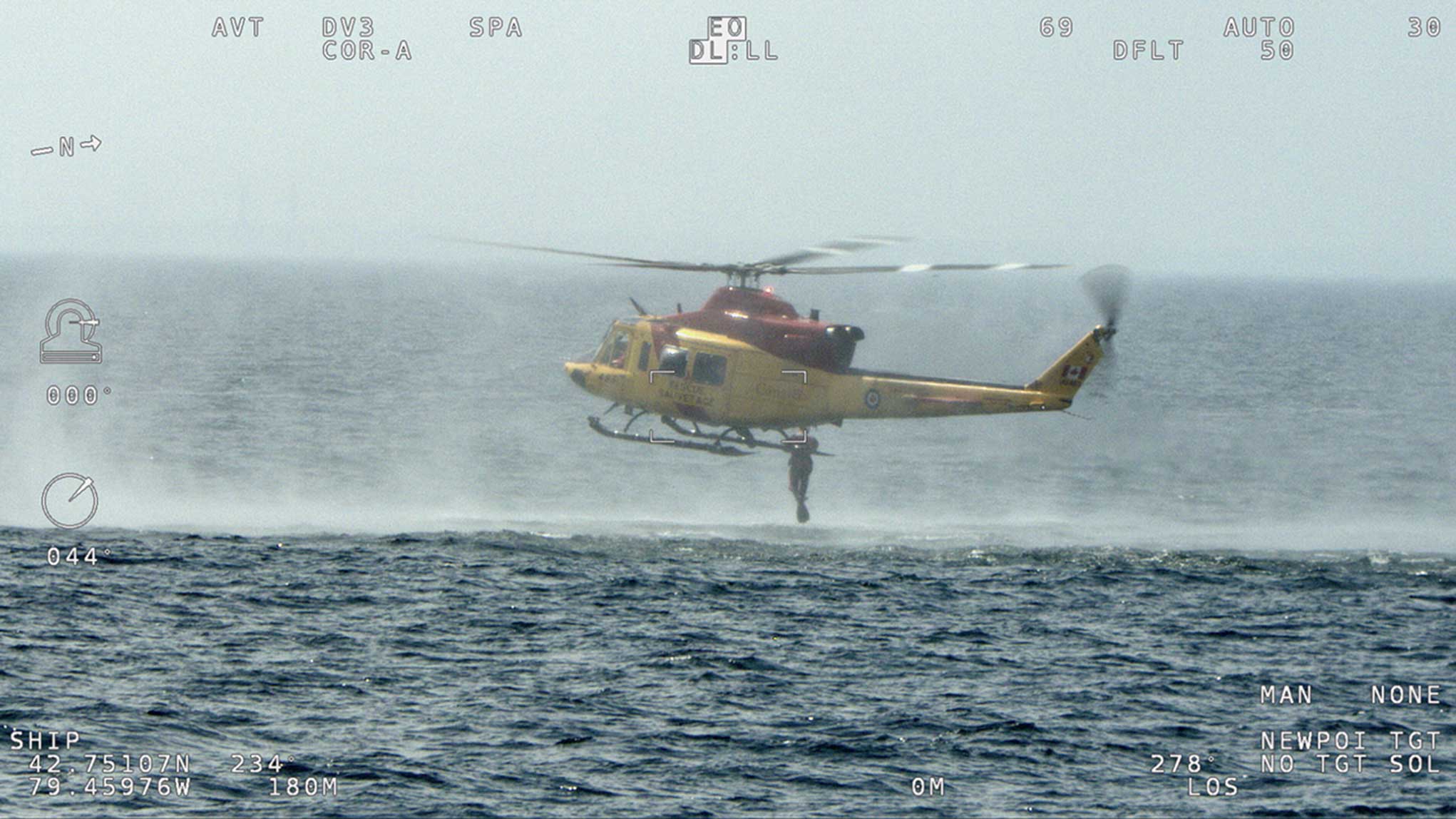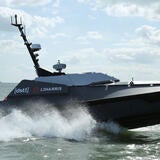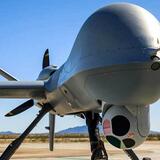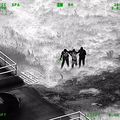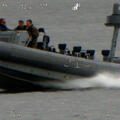New threats are arising at sea. Commercial vessels and U.S. and U.K. Naval destroyers have increasingly found themselves in active weapons engagement zones, with sailors being put under threat of attack within moments of notice. Recently, enemies have employed new tactics through the use of unmanned aerial vehicles, such as small drones, and close-range ballistic missile attacks, hampering major shipping routes in vital waterways.
Central to enabling safe and unrestricted maritime trade around the world, the need to ensure security of ports, harbors and shipping lanes continues to emerge as an increasing challenge for commercial and military maritime operations.
Whether it be the threat of attack by small surface vessels, divers or autonomous underwater vehicles (AUVs) from the sea or unmanned aerial vehicles (UAVs) and ground assault from ashore, maritime operations must be equipped with next-generation technologies capable of providing authorities with advanced warning and necessary levels of situational awareness (SA).
Maritime Challenges: Ports, Harbors and the Global Supply Chain

According to NATO’s Center for Maritime Research and Experimentation (CMRE), both commercial and military ports and harbors can be difficult to protect due to their significant size, including unique environments with heavy sea- and land-based traffic and proximity to urban areas. The CMRE warns how the threat of attack can come from a variety of “small and hard-to-detect sources” which can complicate the task of port and vessel protection.
“This complex environment makes it difficult to monitor ports for hostile intent and even more challenging to develop a response that is non-lethal to the many people who are at the port and who may live, work, and recreate in the surrounding area,” CMRE doctrine describes.
Protective measures available to government agencies and port authorities include a layered approach, combing solutions for ground-breaking electro-optical and infrared (EO/IR) camera and radar solutions, cyber security, as well as command control (C2) software designed to network defensive capabilities into a Common Operating Picture (COP). These technologies, among others, must satisfy minimum standards for both onshore and offshore critical national infrastructure (CNI) as stipulated by the International Ship and Port Facility Security Code.
According to the ISPS Code, government agencies and port authorities must be able to “detect security threats and take preventative measures against security incidents affecting port facilities used in international trade.”
The ISPS Code describes a series of escalating Maritime Security (MARSEC) levels, which include MARSEC Level 1 - the employment of surveillance equipment to monitor restricted areas; and MARSEC Level 2 - the employment of persistent surveillance technologies.
As a result, government agencies and port authorities around the world are identifying and investing in next-generation technologies to satisfy emerging port and harbor security requirements. These efforts not only cover the protection of critical port infrastructure from terrorism, but also enhanced maritime domain awareness, improved port-wide maritime security risk management, and the establishment and maintenance of maritime security mitigation protocols to support port recovery and resiliency capabilities.
